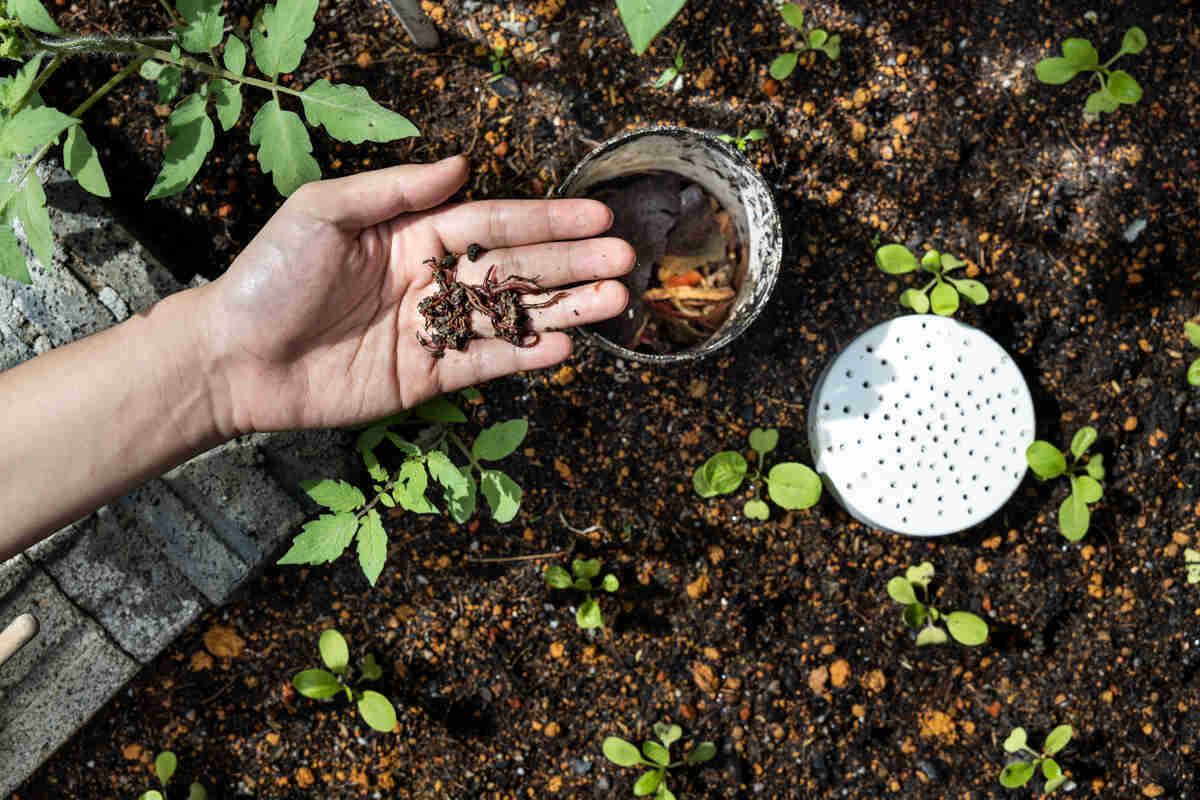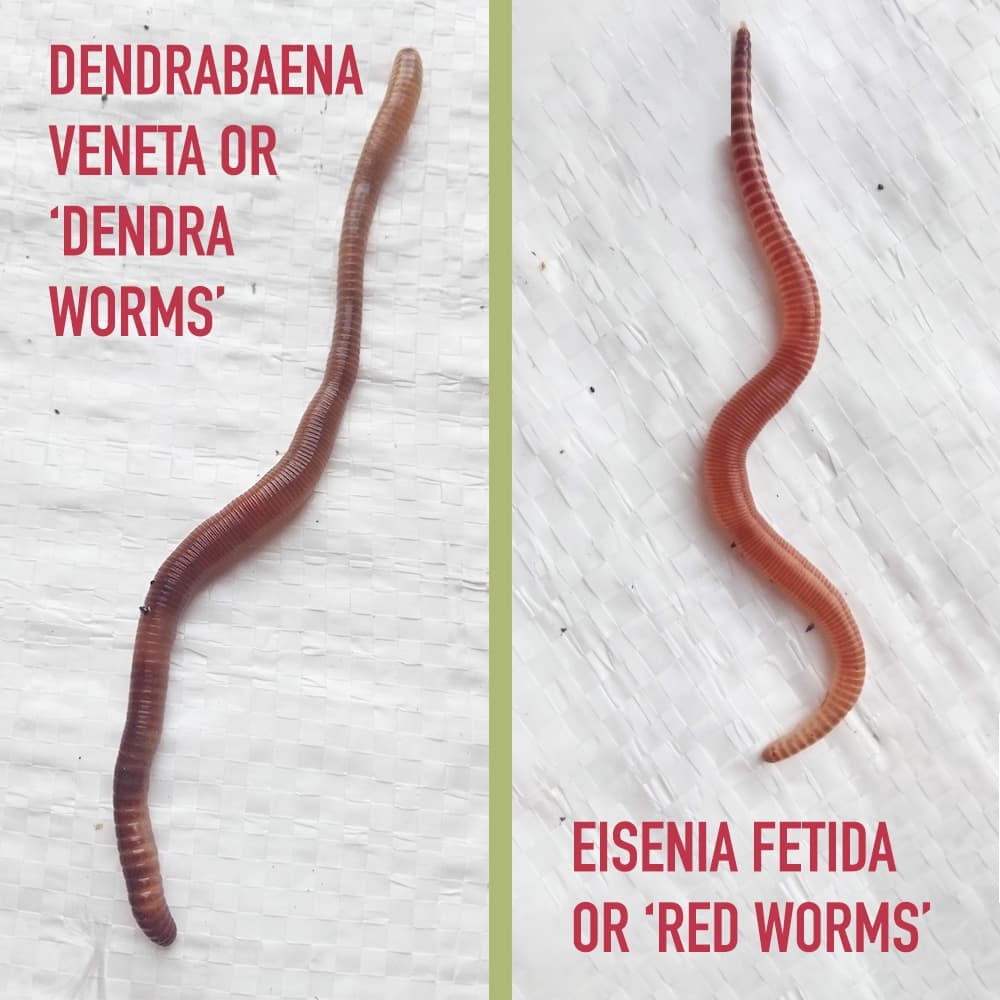How Red Wiggler Express can Save You Time, Stress, and Money.
Table of ContentsHow Red Wiggler Express can Save You Time, Stress, and Money.The Ultimate Guide To Red Wiggler ExpressThe Definitive Guide for Red Wiggler Express6 Simple Techniques For Red Wiggler ExpressRed Wiggler Express for Beginners
Some worm farmers really withhold food and water to simulate drought conditions and bump up cocoon manufacturing. We do not advise this for the home composter as it has the possible to exterminate way too many of your finest worms. Since you understand all about the red worm it's time to go out and discover an excellent supplier and obtain a pound or 2 and begin your own worm ranch.We'll chat regarding how to preserve red wigglers and why they must be the best worm for the majority of composters. Fun fact: The "fetid" component of the binomial name refers to what some state is a foul-smelling secretion the red wiggler uses to fend off predators. The anatomy of a red wiggler looks like that of various other typical earthworms; a long-segmented body begins at the pointed head and terminates at a slightly-flatted tail.
A Biased View of Red Wiggler Express
The gastrointestinal tract is simple, beginning at the mouth where the worm begins to eat its food before passing it on to the vocal cords. The throat is a muscle section which acts like a pump to draw food into the mouth before pumping it out into the esophagus. The esophagus is slim and thin-walled and acts as the "waiting room" for the gizzard.
Note: This requirement for grinding is why grit is advised in a worm container. The worm features no native grinding capability so the worm depends on ingested grit to aid grind its food in the gizzard. The stomach is where the initial chemical malfunction of food occurs with the assistance of a protein-busting enzyme.

Within 42 days, these infant worms will reach sexual maturity as confirmed by the emergence of the clitellum. A mature red wiggler can be anticipated to live in between one to three years. The mighty red wiggler may occasionally be made use of as a lure worm for smaller sized fish or as a healthy protein source for hens and reptiles.
The Of Red Wiggler Express
And as mentioned over, they are the most usual composting worm in the world. Instead, a combination of expense, hardiness, and convenience in a broad range of temperature levels makes it the most proper composting worm for many brand-new vermicomposters.
This is a typical technique amongst worm carriers who do not intend to run the risk of having the worms being in a hot or cool stockroom over the weekend. Worm farmers are not storing worms in a scenario where they are ready to deliver. The worms must be gathered from their environment initially, so growers will typically set a Friday or Saturday deadline in order to harvest in time for a Monday shipment.
To reduce delivery cost, you might intend to see if there are any close-by "Mommy and Pop" shops through a Google search. If you don't discover what you're searching for, after that I welcome you to check out worms with the Urban Worm Business! The quantity of red wigglers you purchase must be only dependent upon the surface you have available for vermicomposting.
I call these the "Big 3" elements of worm container upkeep. If you maintain all 3 within ideal ranges, then there's not * that * much that can go wrong with your bin. As stated previously, red wigglers have a vast temperature level tolerance. For finest outcomes, maintain a temperature level of 55F-90F. Brief separations out of that temperature level array are great.
8 Simple Techniques For Red Wiggler Express

For best results, you desire to shoot for concerning 60-70% moisture level. The simplest test for this is to press a handful as tough as you can. At the perfect wetness levels which is just under 70% that handful ought to barely produce one decline of liquid. pH in a worm container is quite simple to maintain.


The European Nightcrawler, the bigger relative of the red wiggler, is equally as voracious and also creates a great bait worm. It prefers a little bit of a cooler setting than the red wiggler. The African Nightcrawler is a huge composting worm and makes a stunning, granular cast.
The Indian Blue is ravenous, however likewise likes a warmer environment and it additionally shows a propensity to get away the bin. The red wiggler is a hardy worm and isn't as picky concerning its environment. I like to call it the Ford Taurus of vermicomposting worms; you won't boast to your hardcore composting friends that you own them, but they will serve you well.
Unknown Facts About Red Wiggler Express
Guaranteed active 1/2 lb of hand arranged Red Wigglers/Compost with worms (+500 worms) in different stages of life from cocoons to grow worms in their all-natural environment/bedding. Hand sorted worms minimized the disturbance of the worms therefore guaranteeing live delivery. Red wiggler worms do not like resonances or light.